The Asia-Pacific region is more stable than commonly believed.
Most political scientists traditionally consider the Asia-Pacific region (APR) as a kind of powder keg, a platform for a future war of great powers. Indeed, China is booming, Japan is rearming, and the United States has “headed for Asia.” But in reality, the probability of a war of great powers in the region is extremely small. An analysis of each of the possible scenarios of such a conflict clearly shows that not a single country in the Asia-Pacific region is interested in violating the status quo - and China is the least committed.
In 2015, the problem of remilitarization came to the fore in Japan. Will the constitution be revised to put an end to the post-war status of a pacifist state? Will textbooks be rewritten to review and mitigate information about the country's war crimes during World War II? Will the Japanese government continue to increase defense spending?
In Korea (both North and South), conflict has always been perceived as something close and possible. The last skirmish on the border occurred on October 19 2014, and border incidents have already become common on the peninsula. In addition, serious concerns remain about North Korea’s nuclear program, which openly threatens the United States with nuclear weapons.
In Taiwan, the democratic political balance is based on one central point, which outweighs all others, the perceived threat from mainland China. Located to the south, the Philippines and Vietnam are also in a state close to the naval guerrilla warfare, resisting with all their might the Chinese expansion in the South China Sea. According to available information, they are considering the possibility of concluding an official alliance against China.
In reality, the balance of power in the APR is much more stable than it seems to many, since it is not a balance of power at all, but rather a one-sided overwhelming superiority of power - and this force does not act in favor of China.
The list of long-standing disputes can be continued for a long time: disagreements between Japan and Russia over the Kuril Islands, the “tradition” of kidnapping Japanese citizens of North Korea, different interpretations of the United Chinese-British Declaration 1984 about the future of Hong Kong, etc.
The Asia-Pacific region is literally overflowing with conflicts — cold, smoldering and hot. And even the fact that all countries in the region are armed to the teeth does not relieve tension. According to the online ranking 2015, five of the ten leading military powers of the world are located in Northeast Asia. Of course, the Internet rating can not be considered a full-fledged scientific analysis, but these data themselves are very indicative. All these countries are actively increasing their military capabilities.
At the same time, the probability of a large-scale war in the APR is very low. The region is not on the verge of a disaster. In reality, the balance of power in the APR is much more stable than it seems to many, since it is not a balance of power at all, but rather a one-sided overwhelming superiority of power - and this force does not act in favor of China.
The Chinese threat
PRC Chairman Xi Jinping meets
former US Secretary of State Henry
Kissinger in Beijing. 18 March, 2015
As a matter of fact, the balance of power could probably be called balancing China, which is gaining power, at the expense of the stable status quo of other APR countries. Japan, Korea, Taiwan, the Philippines, Vietnam, as well as nearby Indonesia, Australia and India do not form an anti-Chinese alliance, but all together are really trying to make up a counterbalance to the rise of the PRC.
But when a global military giant like America comes into play, the result is predetermined. All major countries of the region (with the exception of China) are either official or unofficial allies of the United States. They buy American military equipment, follow American military doctrines and rely (directly or indirectly, depending on the country) on the promise of military support from the United States.
If they can count on US support in the event of a crisis, absolutely nothing threatens the sovereignty of America’s allies in the APR. In this regard, the question naturally arises: can they really count on the support of the Americans in the event of a crisis? Politicians and scholars throughout the region are literally obsessed with this issue. But the question was asked incorrectly.
The question is essentially wrong, since in the 21st century a crisis that could threaten the sovereignty of a particular APR country will not occur. Disagreements over illegal fishing, uninhabited reefs, the rights to develop submarine resources are inevitable, but none of these disputes will lead to China invading Taiwan, not to mention attacking Japan. China does not have enough strength and will never have the motive for a full-scale invasion of the territory of any of its sea neighbors.
Since the Americans landed in the port of Incheon (1950), not a single significant naval landing of any country in the world has landed on foreign territory. It is highly doubtful that even the United States could afford to launch a naval attack on any large country (with small island states, of course, the situation is different). China clearly does not possess such resources, and they can emerge from it only if fundamental changes occur in the field of military technology. In the foreseeable future, using mobile-based missiles, it will be possible to easily deal with any bulky amphibious assault ship.
Experienced defense analysts acknowledge the validity of this thesis. Therefore, most of the current political debates about the likelihood of a large-scale conflict in the Asia-Pacific region come down to a scenario that today is called “anti-access / area-denial” (A2 / AD). What is the perceived threat? It is believed that China could use ground-based missiles, new island bases and an expanded fleet of its navy to block American access to the South China Sea the fleet and allied naval forces.
Infographics. US Turn to Asia
It sounds ominous, but in practice such a decision would be absurd. To expect that China will override the South China Sea is equivalent to predicting the blockade of the Bosphorus and the Baltic Sea by Russia. So you can hurt yourself first and foremost. Experts like to remind you that the annual volume of freight through the South China Sea is estimated at billions of dollars and constitutes a significant part of world trade. At the same time, they forget to mention that the lion's share of these goods is sent either to China or from China.
Of course, two thirds of the oil imported to Taiwan, Korea, and Japan is transported through the South China Sea, and this is truly alarming. However, 80% of oil destined for China also flows through the South China Sea. Moreover, oil imported to Taiwan, Korea, and Japan can always be redirected in a safer way — increasing the route by several nautical miles will cost very little financial outlay. But oil transported by sea tankers cannot be sent to China by any other route.
The implementation of scenarios in which China threatens its neighbors is either technically impossible (invasion) or absurd (sea blockade). The question of whether America will defend its Asian allies does not make sense, since it will never have to do so.
The question of the Asian allies is the question of NATO’s nuclear "umbrella". It will always remain hypothetical. It is not just no answer - it is impossible to answer.
Real question
The real question is: will the United States pursue its own benefit in the APR in the forms that China considers unacceptable? To date, the answer, apparently, is negative. President B. Obama’s famous “Asian course” consists mainly in intensifying trade negotiations and justifying the presence of US forces already deployed in the region. America and its allies will increasingly closely monitor the Chinese armed forces as they grow, but they will not start a war in order to prevent this growth.
They have no need for it. As China’s military potential increases, its neighbors will increasingly move to the side of the United States. This is the essence of the phenomenon, which I called the "American Empire": America extends its influence to the whole world, because other countries voluntarily fall under this influence. The United States leads the club for the elect, and almost everyone wants to join. The threatening uncertainty arising from the rise of China only reinforces this trend.
The desire to get "under the wing" of the United States is not just an element of national policy, but a distinctive feature of the entire political class of East Asian countries. The leading newspapers of the region literally under a magnifying glass examine every word uttered by US officials, and cover all the statements and forecasts of American think tanks in great detail. Their readers want to know more than anything about what America thinks about them. And who can blame them?
But in reality, not everyone wants to be part of the American empire. In each country of the APR, a significant part of the population opposes US domination. In 1992, the Philippine government was forced to close down the US military bases. Japanese pacifists have long urged Japan to follow this example. Even in Australia, the former prime minister conservatives insisted on breaking with the United States.
But all this leads to nothing. Political independence is a great idea in principle. In practice, it is good only if the choice of the “wrong” policy does not lead to serious consequences. When, in 1992, the Philippines demanded the closure of US military bases, this did not significantly affect the overall situation, except perhaps for a slight decrease in the income level of the country. In 2015, the stakes are much higher. Obviously, the Philippine elite prefer to cooperate with imperial America than deal with a growing China.
The bottom line is that we have a situation in which Chinese military expansion is doomed to failure. China has no hope of control over the region, and the Chinese leaders should be aware of this. It is probably best to interpret the building of the military potential of this country as an attempt to block the ability of the United States and its allies to control China, i.e. as an implementation of the “zone access prevention / blocking” policy. Only with such an interpretation, this strategy makes sense. After all, it is defensive in nature.
The United States and its allies are so confident in the correctness of their actions that they easily forget that many countries are very wary of American power. American opinion leaders are not considering the possibility of a scenario in which the United States will one day block China’s access to world markets. But the Chinese leaders consider this possibility quite real. Naturally, China, which has not been admitted to membership in the American empire, fears the prospect of being excluded from the world economy as a whole.
China, Russia and the world economy
The question of who controls the sea routes of the Asia-Pacific Region can, at best, be classified as metaphysical. Not a single power that would have the strength to block these paths is interested in this. Thus, the sea routes of the APR are open and will remain open in the foreseeable future. But regardless of who controls these paths, the United States and its allies control the global economy as a whole.
Ksenia Muratshina:
Is the APR waiting for new "star wars"?
China Military Space Program
The question of economic advantages is much more relevant than questions about war and peace. The US government is determined to create a trade bloc of the Asia-Pacific region - the Trans-Pacific Partnership (TPP). TTP is more than a free trade agreement. It provides very ambiguous conditions for the protection of intellectual property and the priority of transnational courts over national laws.
The absence among the participants in the talks on the TTP of the two largest powers of the APR - China and Russia - is striking. Over time, these two countries will be forced to accept the formation of the TTP as a fait accompli: the basic rules will already be set by the United States and its allies. The same trick was done with China and Russia when creating the World Trade Organization (WTO). As in the case of the WTO, the idea is to raise the membership of the TTP to the rank of absolute necessity and only after that invite China and Russia to join.
China uses its economic leverage to create an alternative to TTP, the so-called Asia-Pacific Free Trade Zone (FTAA). This undertaking had no great success. In November, 2014, as part of the APEC summit in Beijing, China, as the host of the event, was able to insist on an agreement on a two-year study on the prospects for the creation of a TADF, i.e. in fact, postpone official negotiations at least until 2017. Even this relatively minor step provoked a sharply negative reaction from the US.
America’s dominance in the Asia-Pacific region leaves China with only two possible options for diplomatic maneuver to achieve at least some parity: it can turn either to the south, to relatively poor countries of Southeast and South Asia, or to the north - to resource-rich Russia. While Chinese entrepreneurs are investing modest funds in the economy of Southeast Asia, the Chinese government is more interested in the prospects of a strategic partnership with Russia.
Andrey Kortunov:
We are now for China - "elder sister"
At the height of the European crisis, Russia, suffering from Western economic sanctions, desperately needs friends. However, even without being a member of the American empire, it is concerned about the deepening of relations with China. The outflow of capital from Russia, which provoked the collapse of the ruble in 2014, was sent to Switzerland rather than to China. Despite its membership in the Shanghai Cooperation Organization, Russia can be considered, at best, as China’s traveling companion, but not at all an ally.
This shows even more clearly the fundamental stability of the American order in the APR. No state, including Russia, supports China in its opposition to the dominance of the United States in the region. Even representatives of the Chinese elite are not in opposition to the United States: many of them are trying to get American passports for themselves and their family members, wanting to avoid the environmental and political risks that inevitably involve life in China. Under these conditions, the maximum that China can count on is the preservation of a certain degree of political autonomy in the near sea water areas. But this is not easy for him.
Many consider the “Asian course” of B. Obama’s administration a belated response to Chinese expansion, an unconvincing demonstration of power from a weakening superpower, often perceiving it all through a veil of fear. But all these ideas are wrong. The Asia-Pacific region is an impregnable bastion of American influence and power. The United States does not need to head for Asia: they have been there for a long time.
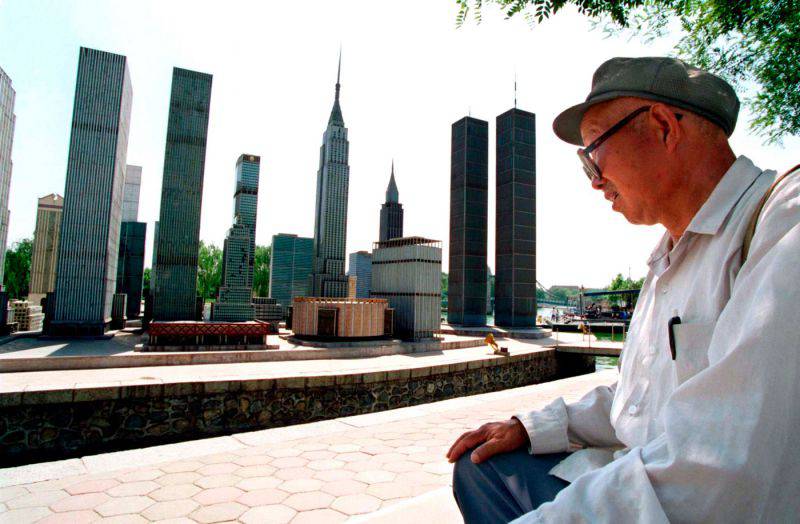
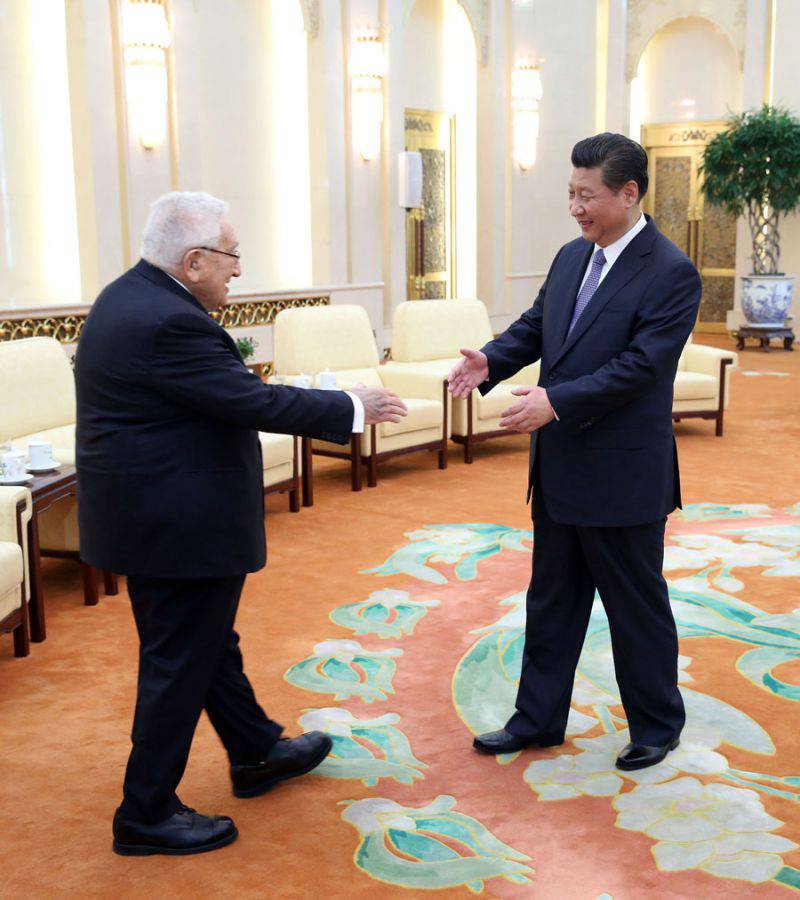
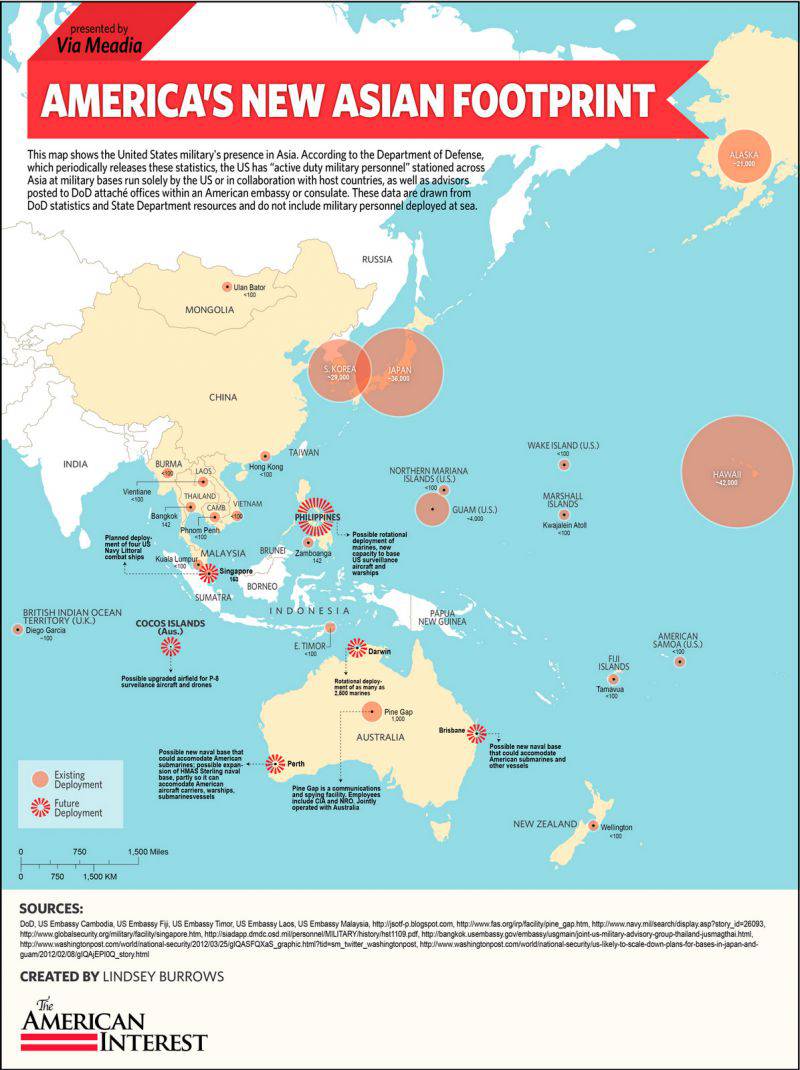
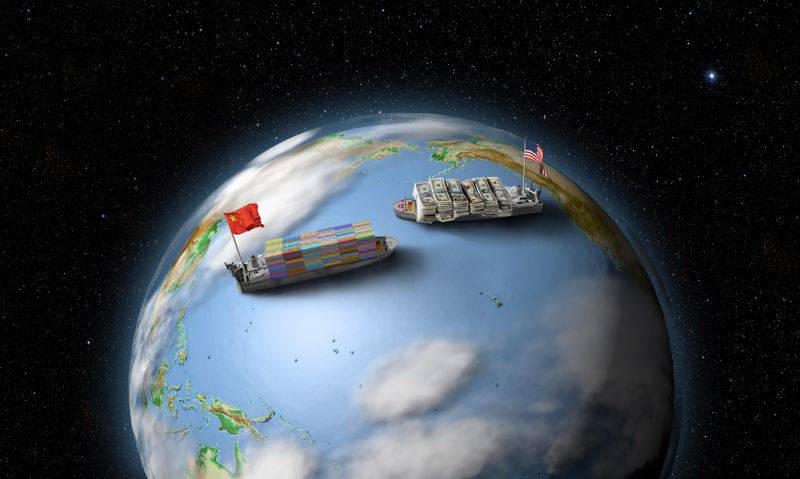
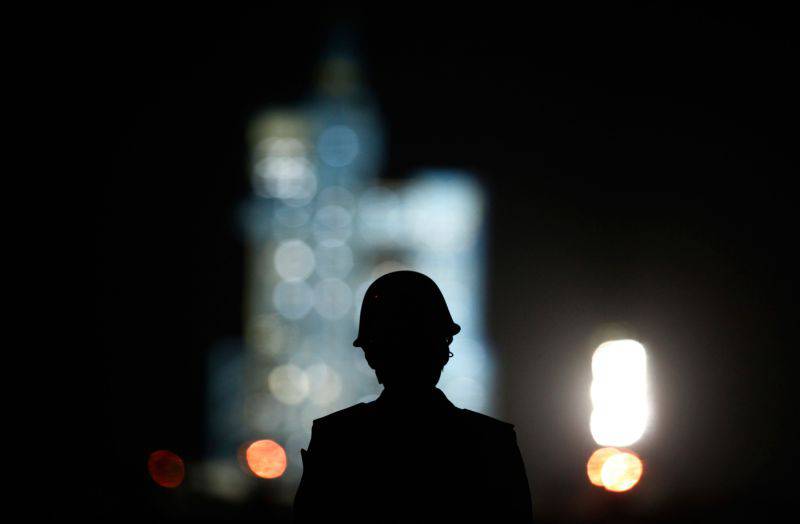
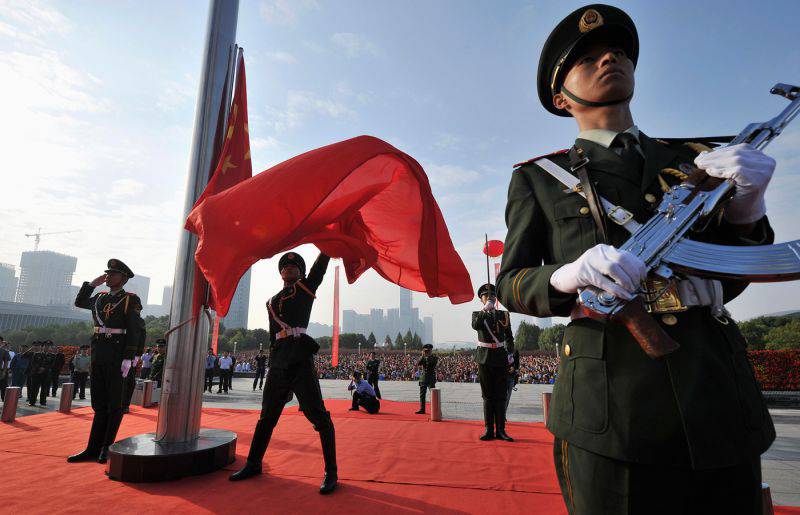
Information